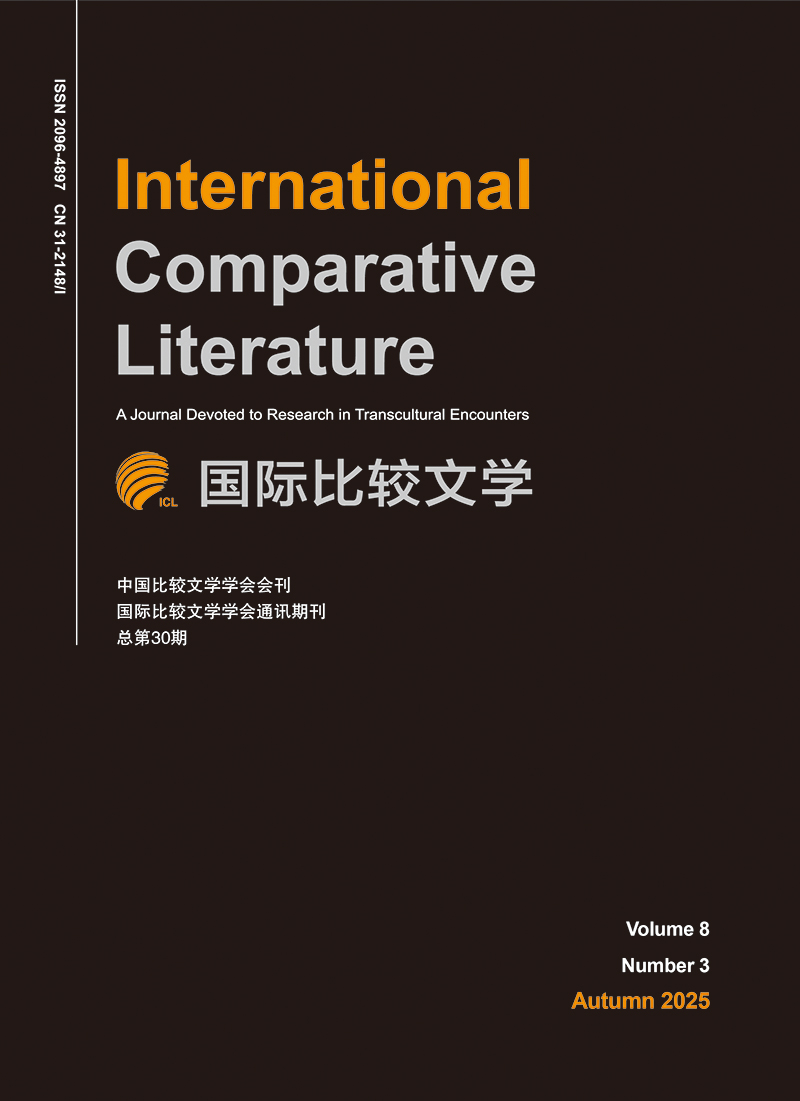Current Issue
2025, Volume 8, Issue 3
Display Method:
2025,
8(3):
5-25.
doi: 10.19857/j.cnki.ICL.20258301
Abstract:
2025,
8(3):
26-45.
doi: 10.19857/j.cnki.ICL.20258302
Abstract:
2025,
8(3):
46-66.
doi: 10.19857/j.cnki.ICL.20258303
Abstract:
2025,
8(3):
67-80.
doi: 10.19857/j.cnki.ICL.20258304
Abstract:
2025,
8(3):
81-100.
doi: 10.19857/j.cnki.ICL.20258305
Abstract:
2025,
8(3):
101-119.
doi: 10.19857/j.cnki.ICL.20258306
Abstract:
2025,
8(3):
120-136.
doi: 10.19857/j.cnki.ICL.20258307
Abstract:
2025,
8(3):
137-149.
doi: 10.19857/j.cnki.ICL.20258308
Abstract:
2025,
8(3):
150-168.
doi: 10.19857/j.cnki.ICL.20258309
Abstract:
2025,
8(3):
169-183.
doi: 10.19857/j.cnki.ICL.20258310
Abstract:
2025,
8(3):
184-199.
doi: 10.19857/j.cnki.ICL.20258311
Abstract:


